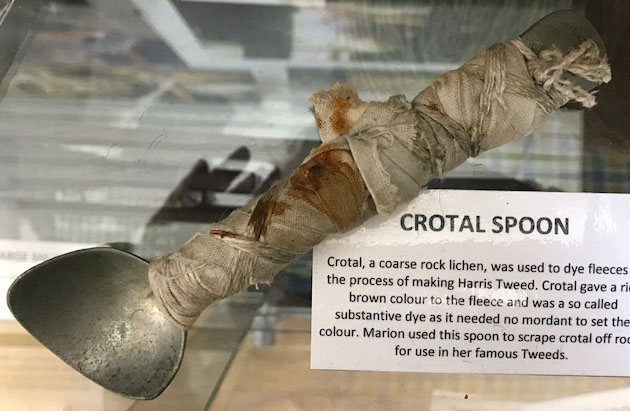Online shopping! Exciting? Well yes, I do like a good online shop but this morning’s online shop was more interesting than usual, and more tricky, and took a few hours longer than I thought.
As I’m investigating pigments on parchment I needed to order some extra pigments that we don’t have already. We have lots of Lapis Lazuli (3 types! Plus ultramarine ash which is the residue left after the colour is extracted from the lapis rock. So 4 types!). We have plenty Egyptian Blue, Azurite, lots of malachite and other blues and greens. Some greens are organic – spirulina (blue/green algae) makes a great paint to work with. Lots of orpiment (arsenic based) and other yellows and reds.
However, this morning I ordered bone black (the black char made from roasted bones Continue reading “Bone Black and Madder Root” →






